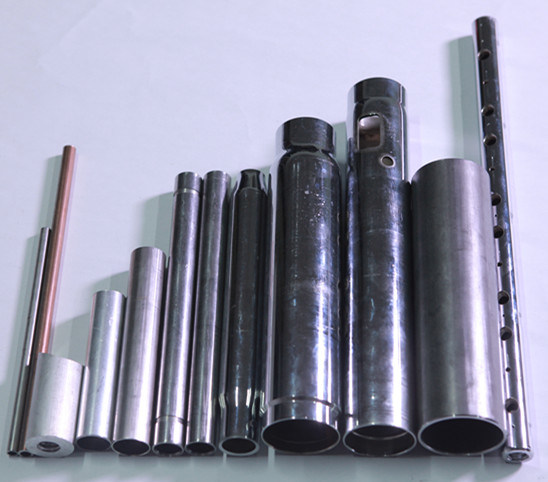
A shock absorber is basically an oil pump, a device used to smooth the push or shake that take place abruptly and roughly and distribute it as kinetic energy. Shock absorbers are crucial in all the motorcycle and automobile suspension, where landing gear is a part of the support systems for industrial machines.
Most of the shock absorbers in today's cars are cylinder-shaped and double-acting containing a sliding piston which is cushioned by hydraulic fluid or air, which means that they produce damping forces both when they are extending and when they are contracting. Depending on the type of car and its suspension, these shock absorbers can either have two tubes or just one.
A dual tube arrangement is used in the twin tube type. In the extending stroke, the piston valve generates
damping forces, whereas the base valve generates damping forces in the contracting stroke.
This type has a large length adjustment range and can survive minimal chipping from flying rock particles. As a
result, it's commonly employed in automobile suspensions.
An oil chamber and a gas chamber are located in line in the mono tube type. In both the extending and contracting strokes, the piston valve generates damping forces. Damping forces have a linear connection with piston movement because of these features. This type is very simple to tune and has efficient heat dissipation. Suspensions for sports are frequently utilised.
How Do Damping Forces Work?
The shock absorber's main job is to stop the
spring from moving too much and to keep the car's body stable. The
damping forces here refer to the force that stops the car's heavy frame from moving as quickly as possible.
How do damping forces come into play?
The piston moves around in an oil-filled barrel. The piston has a hole that goes all the way through
it. As the piston moves because the car body rocks or bounces, oil is forced through this hole against the force
of resistance. This resistance is the damping force.